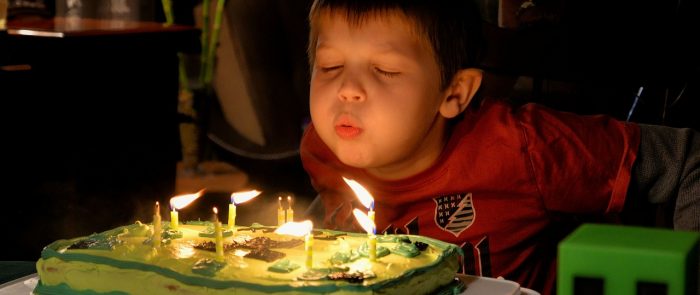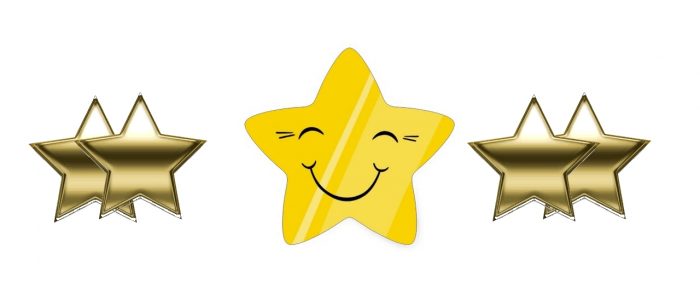What Do Humming, Whistling, and Blowing Out A Candle Have In Common
To Calm Your Child?
By Dr. Roxanne Daleo
The throat is the communication center of your body. Your throat can be used in verbal and
non-verbal ways: verbally as in speech, non-verbally as in humming.
Humming enhances your brain power and calms the nerves. Humming deeply, will create
more resonance. And creating more resonance generates the intention behind it. For example, humming softly, melodically in the ear of your child helps calm her. Whereas, humming in staccato (the musical signature of short, quick beats) or deliberate popping sounds can uplift your child’s mood from distressed to delighted.
Both kinds of humming is a kind of sonic meditation in which you vibrate! Literally, you vibrate your skull and brain with your lips closed. Doing this for about three minutes will put you into an altered state of consciousness and will transmit this trace-like state to your child which is very calming for both of you. Webster’s dictionary defines hum as “to run smoothly”. I love that!
This process has been well researched in the field of sound healing and it is called entrainment.
Entrainment is being in rhythm with our child, activity, surroundings and with the Universe.
Grandmothers singing lullabies and indigenous peoples using chanting and drumming knew
the power of sound healing. We can bring back these ancient practices for modern times as
we incorporate techniques for raising the resilient child.
Besides having the calming effect, it is interesting to note, that the humming vibration actually
wakes up your brain cells and makes you receptive to ideas and subconscious information. So if you want to tune up your brain, hum to yourself.
When you are attuned to your surroundings, you are able to pay attention to the vibrational nature of all life.
Let’s remember, in my last post, about the little 5 year old girl who said: “Mommy, I can’t catch
my breath! And mother responded in fear with “Do we need a trip to the emergency room?”
Now, what if, instead, the mother was able to use and respond with “spontaneous availability”.
The method my mentor, Tom Carpenter, referred to as moment-by-moment awareness to be available yet spontaneous.
Through this method, you are teaching yourself, first and foremost, how to be BOTH spontaneous and available. You do this by recognizing the fact that you can generate emotion
by choice.
Always begin by taking a few deep breaths before saying any words. Model this for your child
as the essential method of first aide.
Teach your child to connect with you for the purpose of calming down together.
We know from neuroscience when you exhale, as in blowing out a candle, the area of the brain
called the medulla oblongata triggers the “Relaxation Response” a process developed by Harvard cardiologist, Herbert Benson, MD. who wrote the New York Times best selling book by the same name. A must read if you want to be convinced of the beneficial effects for adults and children. I know how responsive adults were from my work as research assistant in Dr. Benson’s Mind/Body Clinic and positive results from my pediatric patients while at Boston Children’s Hospital with the gravely ill children in my charge.
Especially if your child is in a panic, you must use a strong signal to “reset” her. I do this by picking up my child, if she is small sitting her on my lap- if older, taking her by the hand to sit on the sofa. I have used my whistle or humming softly in her ear. Even more effective, is to place your child’s cheek against your mouth as if to kiss her but hum in staccato style “ma, ma, ma, ma, ma.” This sound is the first sound a child utters and causing immediate attentiveness.
Now, if it is possible setting up a calming space in your home ahead of time where you’ve placed a candle, is preferable. Light the candle and ask your child to blow it out. Then say, “Do it again, take a deep breath and blow out the candle!” Most children like this method because it has a positive association of blowing out candles on a birthday cake. I have also used blowing bubbles, especially effective outside.
This simple out breath, activates the brain and heart to bring about the relaxation response—
isn’t that amazing? Yes, and helpful for children in distress. Now let’s add some affirmations
you can say to yourself or with your child to change the atmosphere from upset to calm, from fear to love.
Looking her in the eyes say: “You’re ok, you can calm yourself.” Breathe.
Affirmations for Mother and Child
I am calm. You are calm.
I am safe. You are safe.
I am peaceful. You are peaceful.
I am love. You are love.
All is well.
And so it is.
Bring your intonation down as if to say “believe me!” And she will be reassured.
Remember, your children are not listening to you; they are feeling you!


